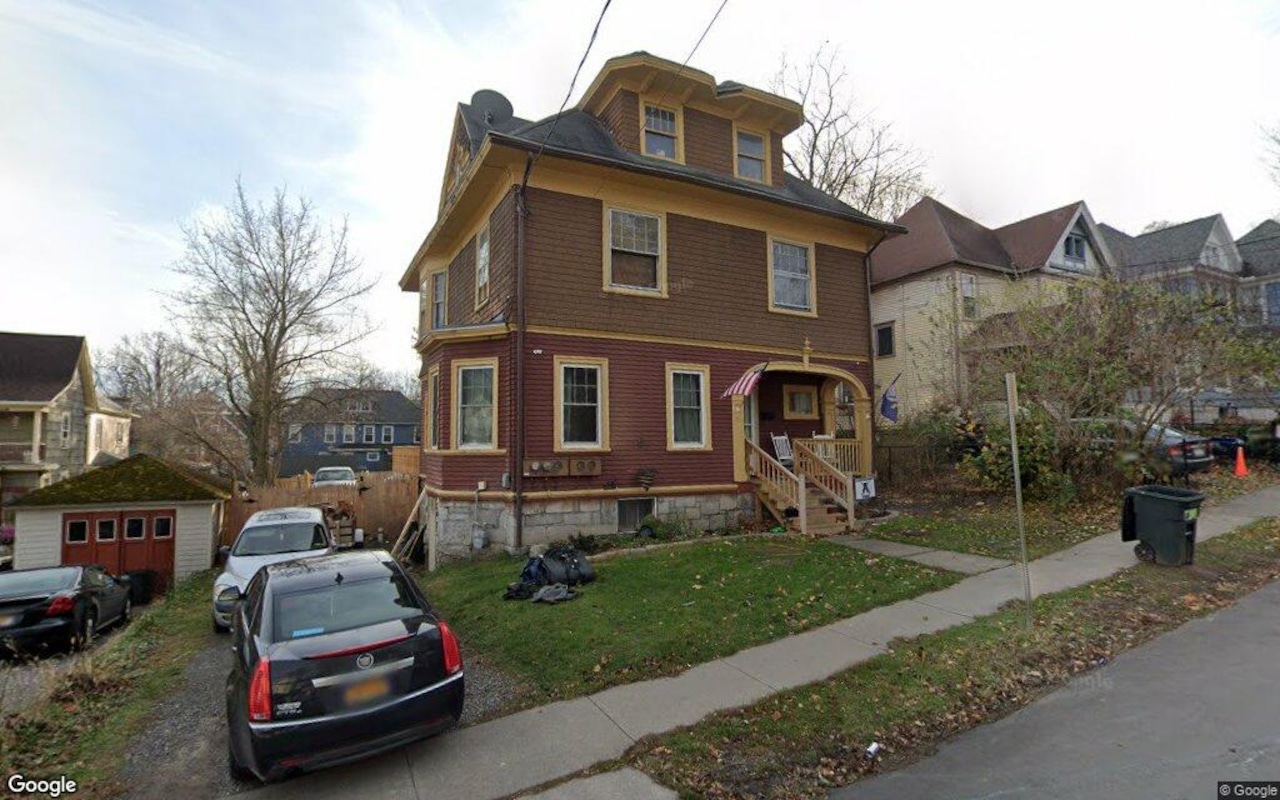T
he Trump administration's 2025 Housing Emergency Plan has sparked a complex interplay of opportunities and risks for the real estate and construction sectors. By prioritizing deregulation, reshoring, and supply-side expansion, the plan aims to reduce housing costs and stimulate development. However, its reliance on tariffs, immigration enforcement, and budget cuts to HUD programs has introduced volatility into markets already grappling with inflation and labor shortages.
Investors face a challenge in navigating this duality: leveraging policy-driven tailwinds while hedging against unintended consequences. The administration's push to streamline development and reduce regulatory burdens has created a favorable environment for construction activity. By fast-tracking infrastructure projects and relaxing zoning restrictions, the plan seeks to boost housing supply and lower administrative costs.
Reshoring initiatives, such as Hyundai's $5.8 billion steel plant in Louisiana, signal a shift toward self-sufficiency in critical materials, potentially stabilizing long-term costs for builders. However, tariffs on steel, aluminum, and lumber have raised input costs by 5-10%, with estimates suggesting an average $9,200 increase in the price of a new home.
The resulting uncertainty has caused housing ETFs like the Invesco Building & Construction ETF (PKB) to fluctuate, despite a 12.24% gain in August 2025. The performance of housing-related ETFs reflects the sector's mixed fortunes, with some surging by 48.85% and 42.93% over the past year, driven by optimism around deregulation and mortgage rate stabilization.
However, these gains are tempered by risks, including the administration's proposed elimination of the HOME Investment Partnerships Program, which could disrupt affordable housing development. Investors must contend with leveraged ETFs like the NAIL ETF, which seeks 300% exposure to home construction indices but is highly sensitive to policy shifts.
The broader ETF landscape demands a nuanced approach, balancing exposure to deregulation-driven growth with hedging against supply chain disruptions. The administration's immigration policies threaten to exacerbate labor shortages in construction, driving up wages and delaying projects. Tariffs further compound these challenges, pushing U.S. aluminum premiums to 60¢/lb and steel prices up by 5% in a single month.
Despite short-term turbulence, some analysts remain cautiously optimistic, forecasting a 3% rise in home prices in 2025 with mortgage rates stabilizing around 6.7% by year-end. The administration's focus on deregulation could eventually offset inflationary pressures, particularly if reshoring trends continue to gain traction. However, the FY2026 budget proposal's cuts to HUD programs and homelessness assistance threaten to undermine these gains.
For investors, the key lies in diversification. ETFs with broad exposure to housing segments may offer resilience against sector-specific shocks, while construction materials stocks with strong domestic production capabilities could benefit from reshoring. Conversely, leveraged ETFs and companies reliant on imported materials should be approached with caution.














